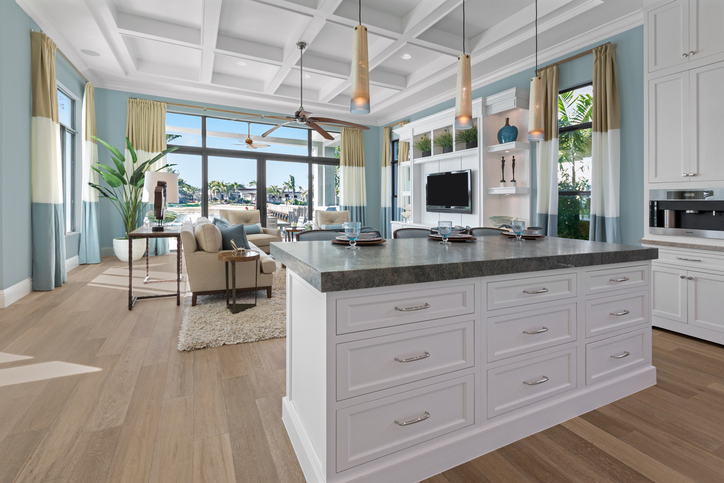By Dorothy Schrager
I've done my fair share of staging over the years, from small one-bedroom apartments to luxury high-end properties, from completely empty spaces to those that just look tired and outdated. Staging has become a hugely valuable and successful tool in selling real estate. Whatever the size or price, the ultimate goal is always the same: to enhance the overall look and appeal of the home, to show the property in the best possible light and to increase the attraction and desirability of the space.
How is this accomplished? Starting from the basics, some apartments will need a fresh coat of paint. Light colors are always the most recommended way to go as they provide a clean backdrop for the furnishings and wall art.
Clutter needs to be eliminated and most personal items—photos in particular—should be limited. A well-designed furniture plan should be executed and a color scheme determined. Windows should always be cleaned and, depending on the view (or lack thereof), the windows may need some sort of treatment. The goal is for the buyer to walk in and get a feeling of how they can live there. Empty rooms should always be avoided.
If you think that a family will be buying the home, a children's room should be made evident. An attractive entry area should be established, and good lighting is key, as no one enjoys walking into a dark apartment. Decorative items, such as books, flowers, mirrors, coffee table items, plants, etc., should fill, not clutter, the rooms.
I've found that, through the years, most buyers don't have the imagination to see themselves living in an apartment that's messy, disorderly, outdated and dark with poor space planning and furniture layout.
Whether you're staging a luxury apartment or a non-luxury property, the goal should always be to show the home in the best possible light and to create an atmosphere where the buyer can see themselves living there; however, the main difference with staging a luxury space versus a more moderate one is that the cost of the staging should be commensurate with the price of the space. The final sale price will reflect the level and quality of the interior.
Sellers are often reluctant to incur the costs of staging and have to be convinced that their investment will be beneficial. Staging costs can range anywhere from $6,000 for a minimal spruce-up to over $25,000 depending on the scope of work, as well as the size and price of the property.
A seller who's looking to vet a luxury stager should have the opportunity to meet with them in person, to view their website and to speak with the stager's references. If the situation allows, it can be useful for the buyer to see some of their work in person. Most importantly, a good broker will recommend the right stager for the particular property, so the trust you have in your broker is also key and should be indicative of the final result.
In my own experience, and those of my colleagues, the benefits of effective staging have often brought a quicker sale at a better price. One thing to always keep in mind is that the cost of staging is 100-percent tax-deductible and, therefore, an even larger asset particularly where there may be capital gains tax!
 Dorothy Schrager is an award-winning broker with Warburg Realty Partnership, Ltd. and an avid blog writer.
Dorothy Schrager is an award-winning broker with Warburg Realty Partnership, Ltd. and an avid blog writer.








